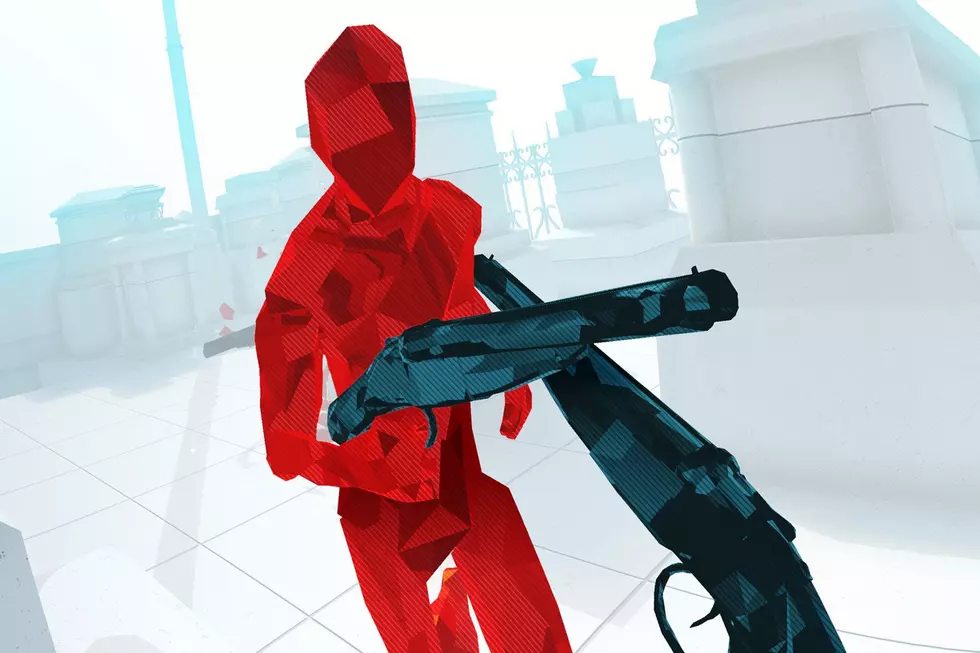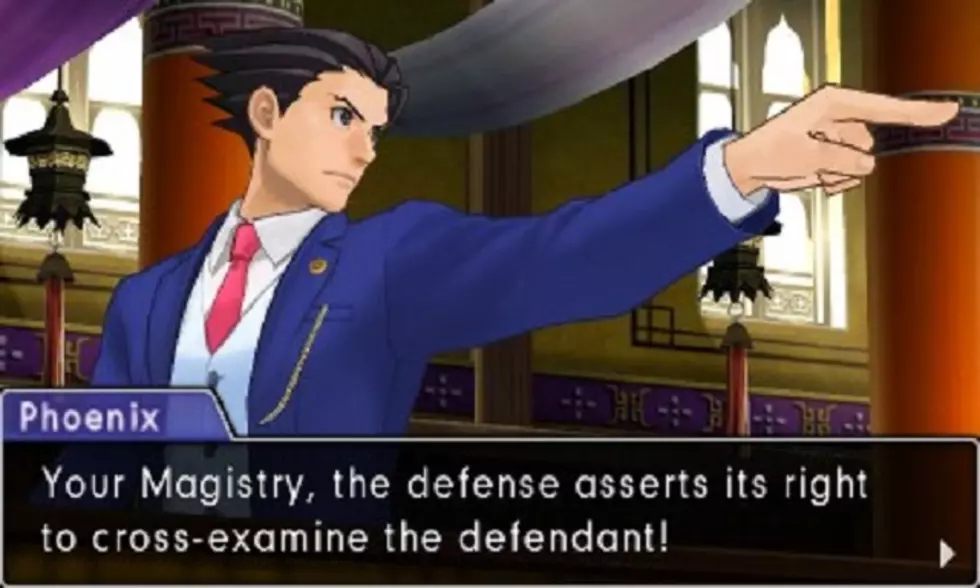
Tales of Xillia 2 Review (PlayStation 3)
Namco Bandai’s Tales series is one of the most popular RPG franchises in Japan, right along side Pokemon, Final Fantasy and Dragon Quest. If you’re a JRPG fan, but not particularly fond of those three frontlining franchises, chances are you were looking forward to Tales of Xillia 2. Much like those aforementioned three series, each incarnation of Tales is a different story from the last, with only the terminology, themes and overall gameplay mechanics being carried over from each title to its successor. Xillia 2, much like Final Fantasy XIII-2 and Tales of Symphonia: Dawn of the New World, is one of the rare instances where we get to revisit a previously existing world from a beloved game, which we don’t get to do that often when it comes to JRPGs.
The comparison to Final Fantasy XIII-2 and Dawn of the New World extends to many aspects of Tales of Xillia 2 — a majority of its gameplay, graphics, engine and in-game models were all rehashed from the original title, but that doesn’t necessarily make this game a bad RPG. Considering that clearing the first title took about 50 hours, we became quite attached to its characters. Revisiting this world just a year later, it feels like we’re returning to see old friends by playing Xillia 2. At the same time, this sequel has ‘Die Hard 2: Die Harder’ syndrome; we’ve seen this all before, and while it’s still quite enjoyable, it’s just nowhere near as groundbreaking or captivating this time around. Subtract all of the nostalgia and comparisons to its predecessor, and Tales of Xillia 2 offers a solid experience whose weird story is backed by solid RPG mechanics and entertaining content outside of its main campaign. Make no mistake, this is a game strictly for those who have enjoyed and completed the first title — if you never got close to completing Tales of Xillia, we suggest doing so first. And if you didn’t care for the first game, don’t expect to be swayed by its sequel.
Tales of Xillia 2 takes place a year after the original’s events. While you would think things have gotten better for the world (and they somewhat have), Namco Bandai decided to shake things up by introducing a weird concept which we weren’t expecting at all, alternate realities. The world spirit of souls, Origin, can no longer keep up with the overabundance of people from both Xillia’s world and the numerous Fractured Dimensions (which are alternate realities that are bridging over to the story’s prime reality). Your character, Ludger Will Kresnik, meets Elle, who is from one of these alternate dimensions. After they met in a long introductory sequence on a train, Ludger has a newly-found, inherited ability, called Chromatus, which can destroy these parallel worlds. The two then go around the world, assembling their own group of adventurers who must try to save both Ludger and Elle’s dimensions while meeting plenty of familiar faces along the way.
Much of Tales of Xillia 2′s overall plot is nonsensical, over-complicated and uses plenty of needless jargon. For role-playing games that hit the 30+ hour range, a tight plot is typically needed in order to keep you engaged for that long of an adventure. While Xillia 2′s plot is nowhere near as good this time around, its dialogue and gameplay are surprisingly engaging, making up for what its main story desperately lacks. Ludger must obliterate Fractured Dimensions to help pay off his massive financial debt from the damage of the train. It’s tough to make Ludger a sympathetic character when he’s a silent protagonist and is destroying alternate realities just to pay off his medical bills. This plot ultimately leads to the inevitable realization that there were so many better ways Namco Bandai could have made the plot of Xillia 2 without the need to introduce the idea of Fractured Dimensions at all.
As with all alternate realities (we’re looking at you, DC), each of Fractured Dimension’s inhabitants believes they are within the prime dimension and that Ludger’s is the wrong one. Tales never admits that Ludger is deliberately ending trillions of innocent lives by doing his job, which is a massive loophole in the game’s plot. Compared to the personalities of the old cast and all of the new side characters, we have an overall lackluster protagonist. Jude and Milla were not silent protagonists, so why try to make Ludger one? It seems like he was inspired by Link in terms of what he says. On top of this, Ludger’s debt forces you into areas of the game where you can’t progress forward until you acquire a set amount of dough, which tremendously hurts its pacing and makes you feel like you can’t go forward until grind out more cash to continue the story.
The visuals of Xillia 2 are exactly on par with the original, which isn’t a bad thing. Unfortunately, many enemies, backgrounds, character models, sound effects and even songs are reused, a majority of them aren’t even remixed or remastered. This becomes even more noticeable when factoring in the Fractured Dimensions’ locales and characters, which look very similar to the prime reality with just a few clothing differences and some color palette swaps. We know that Xillia 2 is all about the nostalgia of returning to Jude and Milla’s world, but the number of reused aspects of this game were just far too many to excuse. At the same time, the things we loved about the first Xillia, such as its anime sequences and cartoony conversations, are back and just as entertaining this time around. It actually feels that the Fractured Dimensions plot was used as an excuse to reuse so many assets throughout the entire game. While they certainly don’t atone for a dull protagonist, a pointless story and recycled assets, Xillia 2′s gameplay and party dialogue is still entertaining enough to carry through the 30-odd hours to see this tale through to the end. If you’re a completionist, then you’ll be glad to know that you should expect about dozen more hours trying to do everything else.
Tale of Xillia 2′s gameplay is just as addictive as before, and one big change to its side mission system adds a ton of much-needed character development that its main story simply does not provide. It’s a shame that many of the relationships between your party members flourish during these expositions and side conversations and not from the story itself. Ludger’s bonuses for linking with a partner during combat will increase due to the broadened camaraderie from talking to your party members, but the real bonus is that we get to learn more about our characters. They will ask Ludger to help with certain quests, and we really felt like we were making a difference in our party members’ lives. Other than the obliteration of parallel universes, these new side quests where we help Xillia 2′s party members felt really significant. The “kill X amount of wolves” / “collect 15 wildberries”-type quests are still overused in the job system, but the narrative-based side missions featuring your partners were more enjoyable. Since parts of the game’s plot has you stuck until you reach a certain amount of money, you are forced into doing these long grinds in order to get paid. While this could have been disastrous, the addictive, fast-paced nature of Tales’ combat system made most jobs bearable. There’s also a cat-themed feature throughout the game where you must rescue dozens of kittens. The contributions of Rollo, Ludger’s fat feline companion, to kitten-saving makes this ongoing side mission worth your time in a very adorable way.
You still have your exploratory field maps and Tales’ trademark, 2D, action-filled, combat system. As always, melee characters have special attacks they can use to combat opponents on the ground and even juggle them in the air, while weaker characters have access to Artes, which is the Tales’ series version of magic spells (which divert natural energy from the god-like Spirits of the game’s lore). Ludger’s posse gets into thousand of battles, hundreds of which can be finished in seconds while others can take up to twenty minutes. Ludger’s ability to pair up with a partner to have a party member focus on assisting him throughout battle is great. You can also switch up who you have linked Ludger with on-the-fly, as well as change up his weapons between guns, blades and a warhammer (think Devil May Cry). Different characters have different linked tactics that benefit your battlefield. You can have them sneak up on the enemy Ludger is focused on and attack it from behind, have a healing character keep topping off Ludger’s health or have a brawler focus on breaking an enemy’s shield so you don’t have to.
We should also mention that there are a ton of customization options. You can tweak your characters to handle however you like in combat. As with previous Tales entries, if you want your characters to focus on specific actions based on certain parameters, you can program your party to act that way. For example, you can have them use healing items automatically when their HP is under a certain percent, have one character focus on weaker enemies while another focuses on holding aggro of the bigger ones, etc. Also, you can also physically customize the looks of each of your characters. Each party member has about a dozen outfits with a multitude of accessories, ranging from serious (such as having a sword on your back that you can’t use in combat), to chic (sunglasses) to silly (playboy bunny ears). These cosmetic changes are visible during all times except Xillia 2′s anime cutscenes, so it offers great entertainment value in keeping things varied. It’s hilarious to see a character go through a serious ordeal with a huge glob of snot hanging from their nose while he has hipster glasses on. This adds for tons of replayability and keeps things from getting dull, despite the unbelieveable source material.
Ultimately, we suggest Tales of Xillia 2 for those who loved the original and wish to revisit Jude, Milla and all their other favorite characters. Xillia 2 is filled with a ton of reused ideas, models, songs and all sorts of other things we’ve seen before, and these assets often get repeated due to its story dealing with parallel universes. Fortunately, you tend to overlook these shortcomings due to how entertaining the sequel’s gameplay is, particularly when it comes to combat, exploration and interacting with your party members. The dialogue, whether it be random exchanges as you explore the world or characters making fun of each other after a big fight, is always entertaining. There are massive shortcomings when it comes to the game’s story, especially when it comes to its bizarre plot and lame protagonist — it all feels like an excuse to bring the gang back together and retread through the content we loved the first time around. While we were hoping for more, Xillia 2 offers a solid RPG experience. Maybe if this was some sort of weird alternate reality where Namco Bandai didn’t try to ship a sequel to a role-playing game within the year of the original’s release, we could have had a sequel that was as good, if not better, than its predecessor, but a world of rushed development should always be met with a Chromatus.
This review was completed using a purchased, retail copy of Tales of Xillia 2 for PlayStation 3.
More From Arcade Sushi










